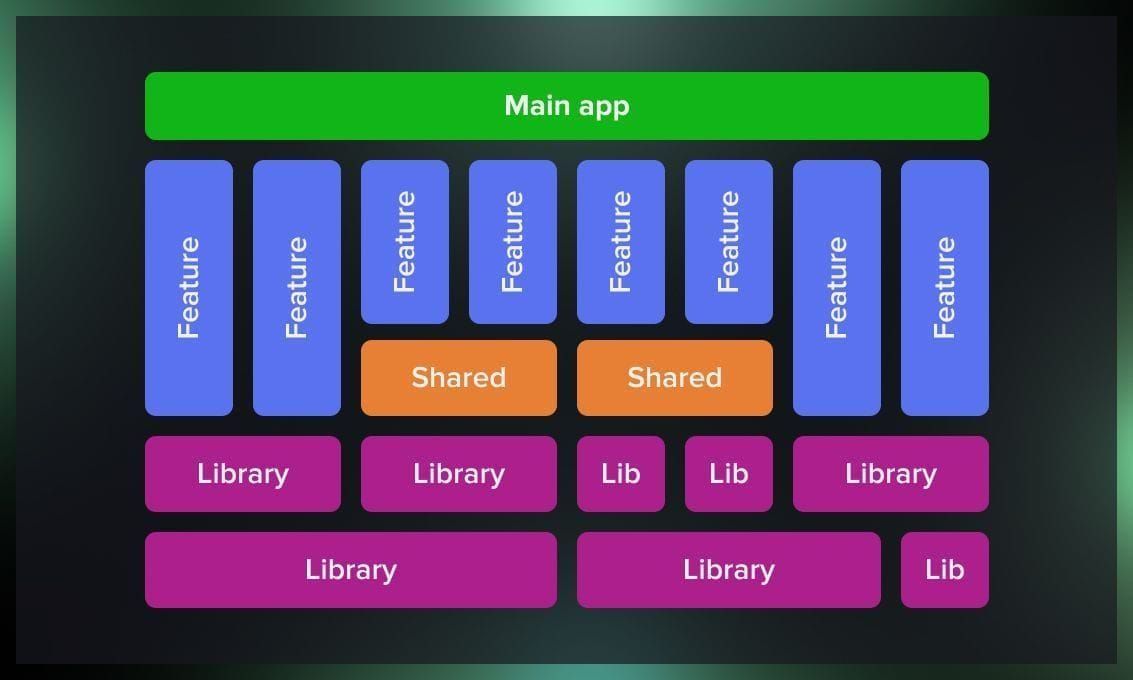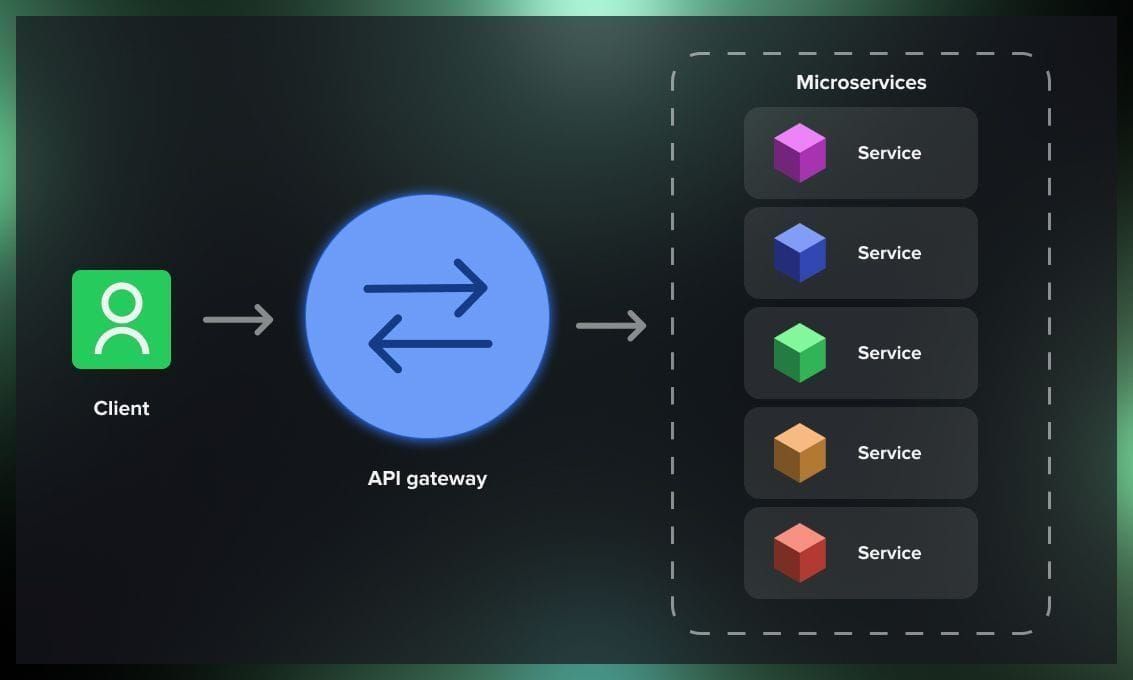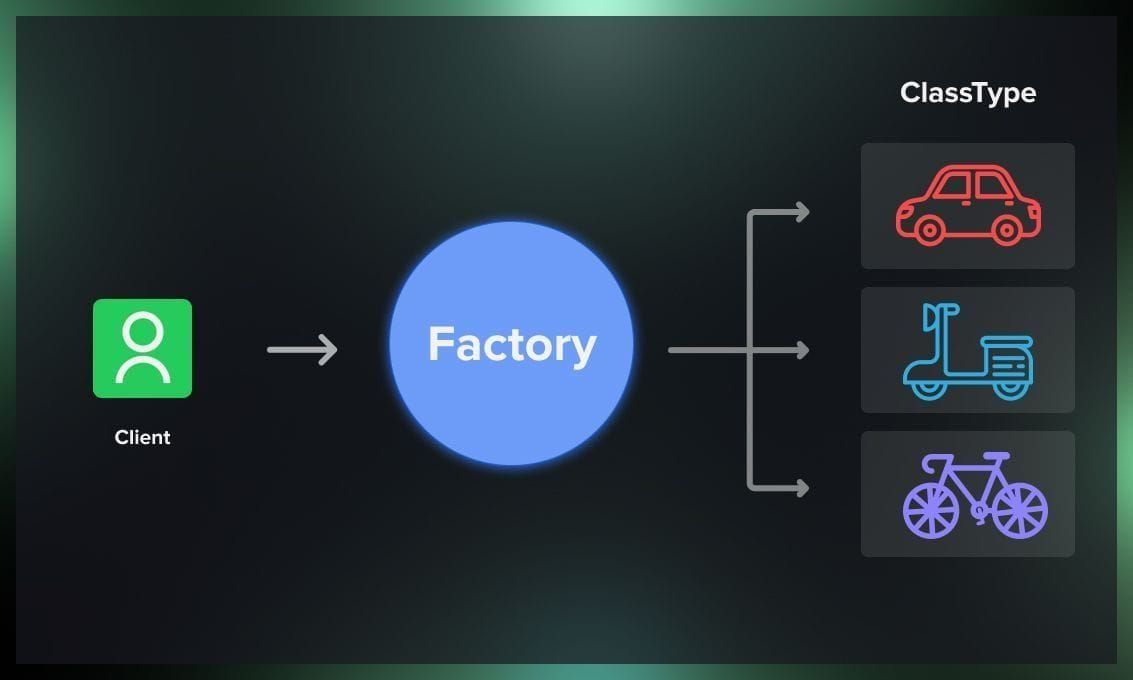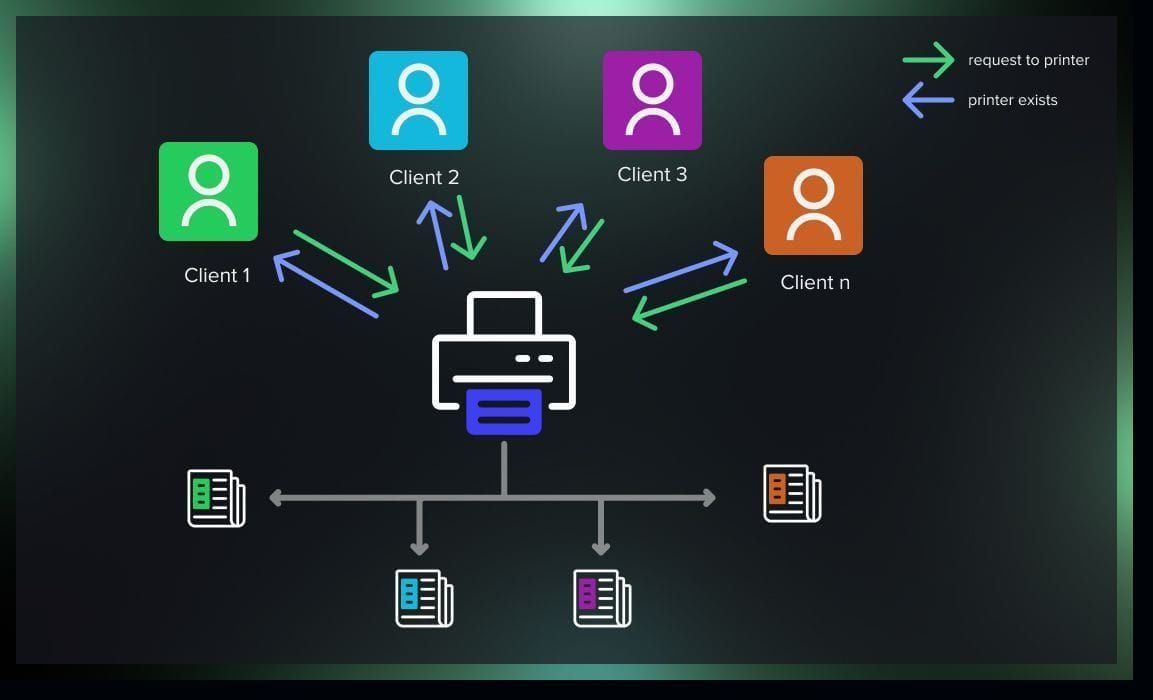In 2023-2024, open source is indeed the heartbeat of the technology industry. Here are just a few examples. Linux, initially a side project by Linus Torvalds, is now the foundation for much of the internet, powering most web servers, supercomputers, and Android devices. Similarly, the Apache HTTP Server set the pace in web services, just as Netscape Navigator and Mozilla Firefox disrupted Internet Explorer’s once-unchallenged reign. Not to mention Android, which redefined the smartphone market with Google’s backing.
Software, once exclusively confined to individual ownership, has witnessed a revolution. Open source—a more democratic, transparent, and collaborative paradigm—has become a fundamental principle in software development today. It’s the foundation of the digital economy: it runs the internet, operating systems, programming languages development, and countless applications.
Why open source solutions?
The success of companies like Red Hat highlights the evolution. The IBM subsidiary has thrived by providing subscriptions for support services for its open source products, such as Red Hat Enterprise Linux (RHEL). Red Hat’s approach has demonstrated that open source can be both a driver of innovation and a sustainable business strategy. The influence of the company is also seen in its key role in developing technologies like OpenShift and Ansible, which are changing the game in containerization and automation, showing that open source can be profitable in business.
Open source has been pivotal in democratizing AI, with platforms like TensorFlow and PyTorch offering powerful tools for machine learning research and development. Blockchain technology is also fundamentally built on open source principles.
Furthermore, the communal development model is also spurring advances in cloud computing and edge computing, where open source provides the underlying infrastructure that enables scalable and flexible solutions.

According to the 2023 OpenLogic report, 80% of organizations have increased the use of open source software over the last year. The respondents cited the following reasons for the adoption of open source:
- Access to innovation and the latest technologies
- Long-term community support
- Constant code reviews, patches and enhancements
- Ability to contribute to and influence the direction of open source projects.
What are the core principles of open source development?
Apparently, the fast pace of open source is due to its foundational principles, which have allowed for its continued proliferation and enabled large-scale collaboration among developers. These key tenets of open source software include:
- Free redistribution: No restrictions on selling or giving away the software.
- Source code access: The code must be publicly available.
- Derived works: Modifications and derived works are allowed.
- Integrity of the author’s source code: While modifications are allowed, there are clauses to ensure the original vision and functionality remain intact.
- Peer review: This involves other developers examining the code to critique and suggest improvements, which elevates the overall software quality.
- Release early and often principle: This approach means providing software to users as soon as it’s viable, with regular updates to refine and enhance the product.
- Continuous testing and integration: The practice of consistently testing and incorporating new code changes helps detect and fix bugs early in the development cycle.
What open source architectures and patterns exist?
Open source projects employ certain architectures and design patterns that promote collaboration and scalability. Here’s a closer look at these patterns with specific examples from the open source ecosystem.
Modular architecture
Modular architecture is a cornerstone of open source projects, where systems are divided into discrete modules. For instance, Apache HTTP Server is designed with a modular structure, enabling developers to add new features through modules. Similarly, WordPress, with its plugin and theme system, allows users and developers to extend or modify functionality without altering the core system.

Microservices
The microservices architecture has been widely adopted by open source projects, especially those designed for cloud services. Netflix OSS provides a suite of tools and services, like Eureka for service discovery, that embody this architecture. Another example is Spring Boot, which is often used to create microservice-based applications quickly and with minimal configuration.

Factory pattern
The factory pattern, an interface for creating objects in a superclass, is present in many open source libraries to instantiate objects. Apache Commons Lang, with its FactoryUtils, is an example of this design pattern. In enterprise solutions like Red Hat JBoss Middleware, the factory pattern is employed to manage complex object creation processes, encapsulating the logic from the client.

Singleton pattern
The singleton pattern ensures a class has only one instance and provides a global point of access to it. Eclipse IDE and Log4j, a Java logging tool, both use a design pattern that ensures only one instance of a particular component is created. In the case of Log4j, this means there is only one logger instance, which is important for logging in applications.

Observer pattern
This design pattern is crucial for frameworks that deal with dynamic data changes. AngularJS uses the observer pattern to update the view whenever the model changes. In reactive programming, to model the flow of data as streams of events over time, RxJS relies on the observer pattern to handle data streams and propagation of change.
Watch this video to learn more about how observer patterns work:
Supporting tools for open source software developers
In this section, we’ve compiled a list of popular open source projects designed to serve the developer community. They offer extensive opportunities for optimizing operational flow and project management.
Version control integration
Version control systems are a necessity for transparent development of open source projects. The two most popular web-based repositories providing version control management tools are GitLab and GitHub.
- GitLab is a web-based DevOps lifecycle platform that provides a Git-repository manager with wiki, issue-tracking, and CI/CD pipeline features.
- GitHub, beyond hosting repositories, offers an ecosystem where version control via Git is integrated into project management and collaboration workflows.
We’ll take a closer look at these systems in the following section.
What is the difference between GitHub and GitLab?
GitHub and GitLab are platforms designed to help programmers manage the development process of software in a collaborative environment, using the distributed version control system provided by Git. They have become essential tools in modern software development, particularly in projects that require team collaboration.
GitHub
GitHub offers distributed version control and source code management (SCM) functionality of Git along with its own features. It provides access control and several collaboration features such as bug tracking, feature requests, task management, continuous integration, and wikis for every project. GitHub is widely recognized as a platform for open source projects, allowing developers to collaborate on code from anywhere in the world.
GitLab
GitLab is also a web-based DevOps lifecycle tool that provides a Git-repository manager with a wiki, issue-tracking, and CI/CD pipeline features, with an emphasis on continuous integration and deployment. It is an open source project itself, with a larger scope aimed at the entire software development lifecycle. GitLab offers a similar range of functionalities as GitHub but also aims to offer a more integrated approach by providing tools for project planning, source code management, and monitoring in a single application.
To find out more about these platforms, read our post comparing GitHub and GitLab.
Continuous integration/continuous deployment (CI/CD)
Jenkins, an open source automation server, is extensively used to implement CI/CD, enabling developers to automate the testing and deployment of their code. Travis CI is another CI service that is popular among open source projects hosted on GitHub for automating the build and test process.
API-first design
The API-first approach is evident in tools like Swagger (OpenAPI Specification), which is used by many open source projects to define and document RESTful APIs. Stripe, for its part, has open-sourced numerous libraries that demonstrate an API-first design, facilitating interaction with their APIs.
Glasgow Haskell Compiler (GHC)
Another example of an open source software development initiative is GHC, the leading compiler for the Haskell language. This compiler, written in Haskell, has been developed with the contributions of over 300 developers and is distributed under a BSD license. GHC’s primary function is to convert Haskell’s high-level, functional programming language syntax into low-level machine code, which can be directly executed by computer hardware. Along the way, it also identifies various errors, such as ensuring correct variable typization, among other checks.
Documentation and self-describing code
High-quality documentation is essential for onboarding new contributors to open source projects. Django, a high-level Python web framework, offers comprehensive documentation, while the Mozilla Developer Network (MDN) provides an extensive repository of web development documentation, which serves as a reference point for self-describing code practices.
What are the limitations of open source development?
Open source development, while offering numerous benefits such as collaborative innovation and cost efficiency, also faces several challenges:
-
Uncontrolled growth: Like any diversified structure, it can grow in many directions simultaneously and requires a clear vector for development, as well as prioritization of certain tasks within the backlog. Agreeing on priorities can be challenging in an open source community. Thus, forming a committee could be a solution, although it may be perceived as contradictory to the paradigm.
-
Funding and resource limitations: Many open source projects struggle with funding. They often rely on donations or volunteer work, which can lead to slower development and updates compared to commercially funded software.
-
More work: Introducing too many changes at once can lead to conflicts in software, necessitating additional modifications to the code based on the updates introduced just before your release. More importantly, all these updates require a thorough code review.
-
Security concerns: Open source invites expose code to potential vulnerabilities. Security flaws might linger unnoticed or be exploited, especially in less-maintained projects, posing risks to users.
-
Dependency on community: The success and sustainability of open source projects largely depend on the community and its proficiency. A lack of active contributors can lead to stagnation or abandonment of projects.
What does the future hold for open source development?

There’s a growing movement towards transparency and inclusivity in technology, which aligns perfectly with the open source philosophy. Forward-thinking developers are particularly attracted to the idea of collaborating on projects that have a social impact, and open source offers the perfect avenue for this. Social dynamic is also influencing how companies approach software development, with an emphasis on community engagement and ethical considerations.
Economically, open source is enabling businesses to reduce costs and increase efficiency. By using open-source software, companies can avoid the hefty licensing fees associated with proprietary software and reduce their dependence on single vendors, thus avoiding vendor lock-in. Furthermore, the collective problem-solving aspect of open source leads to better security, as a larger pool of contributors can identify and fix vulnerabilities more quickly than closed teams.
We can anticipate open source to be at the heart of the development of decentralized finance (DeFi) platforms, non-fungible tokens (NFTs), and even governance models that use blockchain for more transparent decision-making processes. The open source community’s involvement is able to ensure that these technologies remain secure, auditable, and free from centralized control.
Although open source software development has some limitations, this model keeps gaining momentum, largely due to the global community of developers committed to improving and advancing the software.
Useful open source resources
In this final section, we’ve compiled a list of useful links to open source resources that are worth bookmarking for your everyday developer work.
Communities and forums
- GitHub Community: Collaborate, share projects, and join the community to discuss open-source software.
- Stack Overflow: A question and answer site for programmers.
- Reddit Open Source**: **A subreddit for everything open source.SourceForge:
- SourceForge: A web-based service that offers software developers a centralized online location to control and manage free and open-source software projects.
Databases
- MySQL: Relational database management system.
- MariaDB: Relational database management system.
- PostgreSQL: An advanced open source relational database.
- MongoDB: A NoSQL database for modern applications.
IDEs and code editors
- Visual Studio Code: A source-code editor made by Microsoft for Windows, Linux, and macOS.
- Eclipse: An IDE primarily for Java, but with plugins for a wide range of languages and platforms.
- Atom: An open-source text editor that’s modern, approachable, and hackable to the core.
Containers and orchestration
- Docker: A platform for developing, shipping, and running applications in containers.
- Kubernetes: An open-source system for automating deployment, scaling, and management of containerized applications.
DevOps tools
- Jenkins: An automation server used to automate parts of software development related to building, testing, and deploying, facilitating CI/CD.
- Travis CI: A hosted continuous integration service used to build and test projects hosted on GitHub and Bitbucket.
- Ansible: Tools for automation and configuration management.
- Chef: A powerful automation platform that transforms infrastructure into code.
- Puppet: A tool designed to manage the configuration of Unix-like and Microsoft Windows systems declaratively.







.jpg)
.jpg)